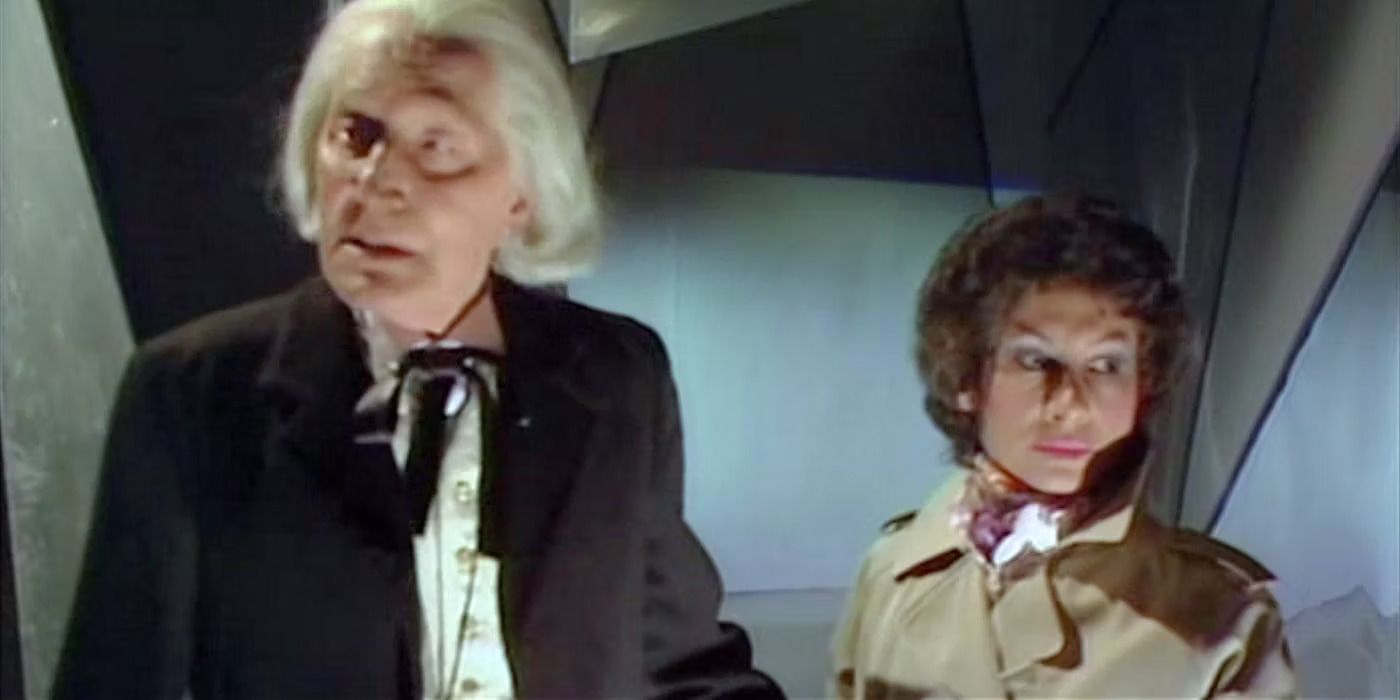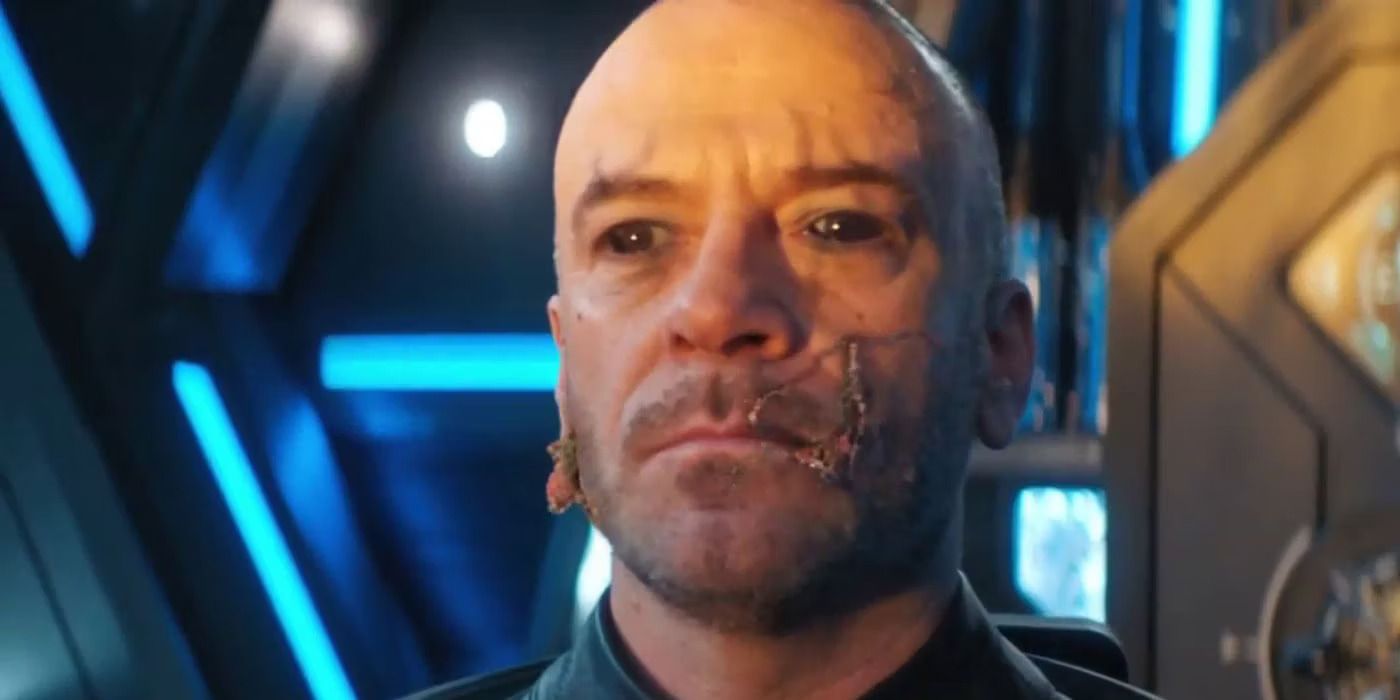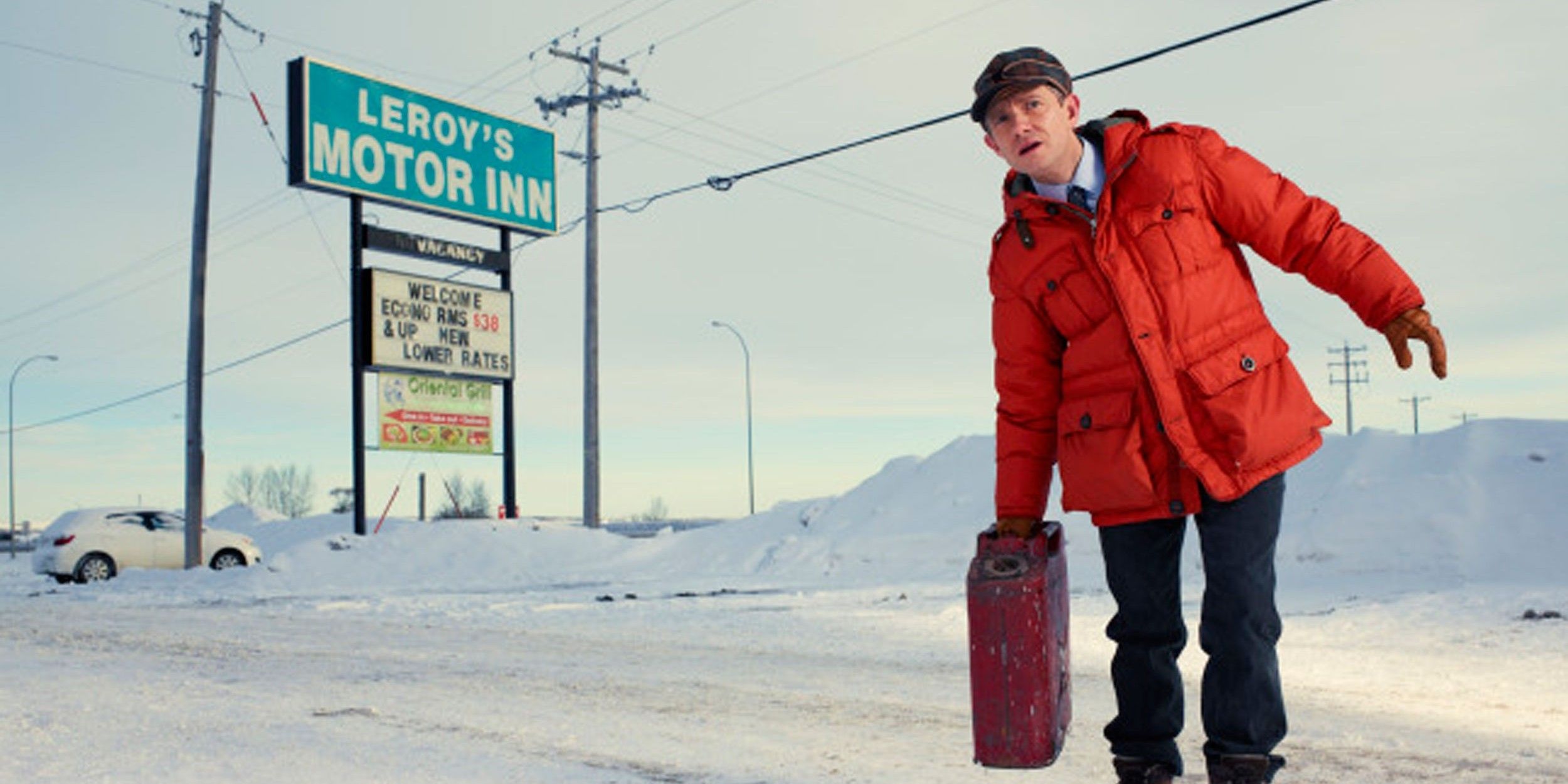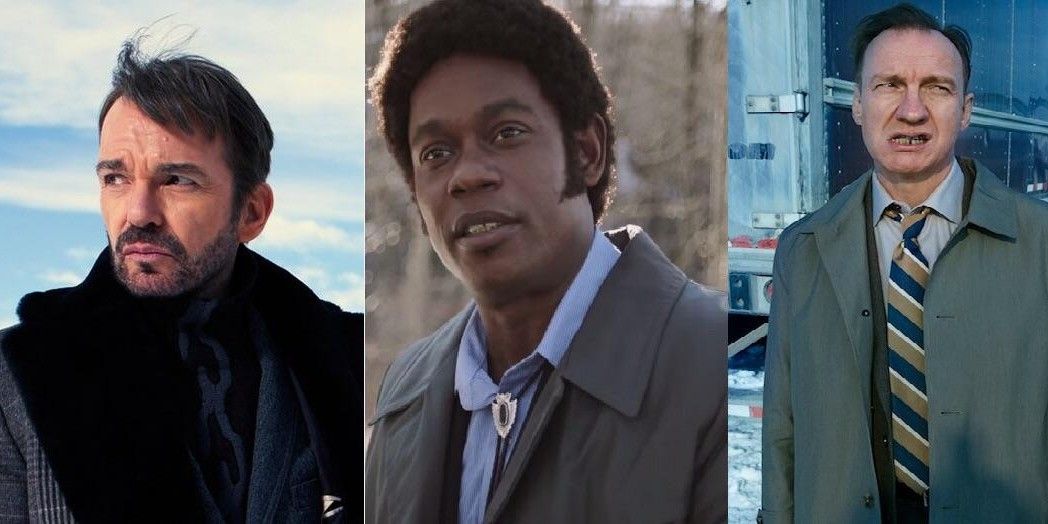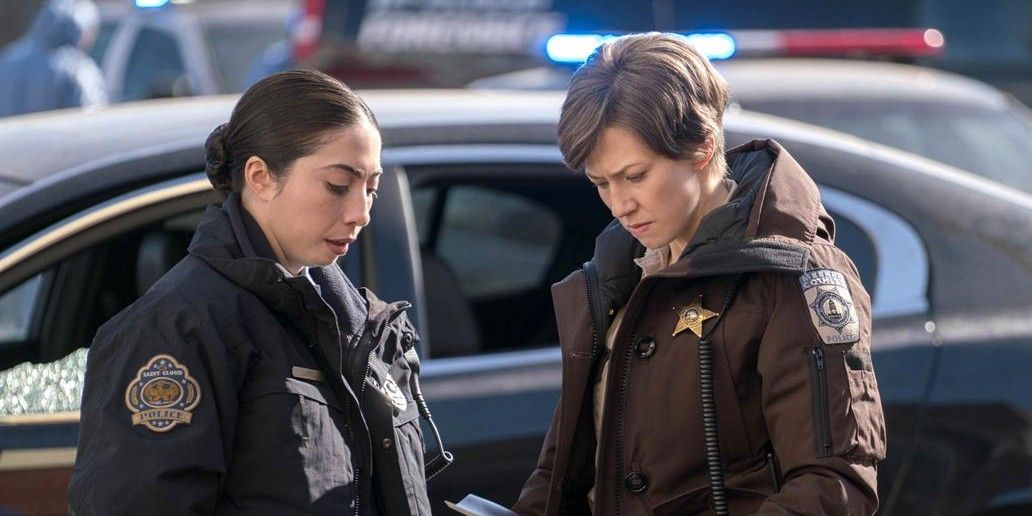It’s fair to say current TV is overflowing with adaptations. Books (comic or otherwise) are the typical source, with Lovecraft Country, The Boys, Handmaid’s Tale, Umbrella Academy and Watchmen only some of the acclaimed shows that translate (or continue) stories from page to screen. Yet an interesting trend are adaptations taken from the same visual wavelength, transferring them from films to TV. This is nothing new, of course, since popular shows like M*A*S*H and Buffy the Vampire Slayer both originated as feature films. But the increasing respectability of TV quality, and streaming services having films and TV on the same platform, has led to an equalization between the two. In a competitive industry, TV adaptations bring in-built familiarity with the film branding, while being longer-running and cheaper to produce. It reaps the rewards of the films with less of the risks.
Netflix’s Ratched – a prequel series to the award-winning 1975 film One Flew over the Cuckoo’s Nest, based on the Ken Kesey’s 1962 novel – is only the latest example of this. Cobra Kai is a continuation of the 80s hit Karate Kid films. Westworld was based on the 1973 Michael Crichton picture. Films like She’s All That, High Fidelity, Limitless, What We Do in the Shadows and Snowpiercer have all been stretched into TV series. Disney+ is capitalizing on recognizable franchises of Marvel and Star Wars to tide fans over between cinematic installments (which Disney already did through the numerous cartoons based on their animated hits) with shows like The Mandalorian and WandaVision; a purpose Agents of S.H.I.E.L.D. seemed to fulfill before that show pivoted into its own direction. Most film-to-TV adaptations don’t remake the plot so much as the premise. They take Westworld’s A.I.-populated theme-parks, or Snowpiercer’s constantly-running class-segregated train and populate them with new stories. But how do you uniquely adapt a world that is close to our own? How do you reinterpret something “based on a true story”?
Fargo, North Dakota, only appears briefly at the beginning of the Coen Brother’s acclaimed 1996 black-comedy-drama, most of which is set in Minnesota. Although with a fourth season now airing, Fargo initially felt like the most egregious film-to-TV adaptation, banking upon the reputation of a film that needed no follow-up or expansion. Fargo, much like the Coens’ Big Lebowski, was a subversion of classic crime-noirs. The criminals were greedy and pathetic instead of organized and professional, their plans flying out of their control. It wasn’t set in grimy corrupt cities but the snowy and friendly Midwest. And the crooks are not pursued by some morally-grey chain-smoking P.I. but by the smiling, heavily-pregnant detective Marge Gunderson (Frances McDormand). How could you expand this premise and these characters into a TV show? How do you create regular installments of something so sweetly benign?
Noah Hawley, the showrunner on FX’s Fargo, took inspiration from the themes of Fargo (the film) instead of its events. He saw Fargo “as a state of mind” rather than a place. Fargo is an anthology show, each season featuring new ensembles and time-settings, but it has always focused on quirky Midwest individuals facing up against chaotic violent acts. Season 1 hews the closest to the original film, down to the buried suitcase of money being recovered in episode 4, “Eating the Blame”. Lester Nygaard (Martin Freeman) parallels William H. Macy’s beleaguered salesmen, both falling into criminal worlds that are unprepared for, while the competent friendly policewoman Molly Solverson (Allison Tolman) is similar to Marge. But Fargo digs deeper into the complicated schemes that spill out into absurd violence. Each season have relatively normal people (Lester in the first, Peggy and Ed Blumquist in the second, the twin rivals Ray and Emmit Stussy in the third), who through random and petty acts of violence, become embroiled into larger conspiracies.
Each season has a uniquely eccentric antagonist that disrupt the otherwise mundane areas, testing them like forces of nature, be it Lorne Malvo (Billy Bob Thornton), Mike Milligan (Bokeem Woodbine) or V.M. Varga (David Thewlis). These inscrutable amoral antagonists are reminiscent of another Coens’ film, No Country for Old Men. Fargo captures profound philosophical queries through its episodes, most of which are titled after paradoxes or philosophical texts. Season 2 episode 3 explicitly references “The Myth of Sisyphus”, Albert Camus’ notion of an absurd and meaningless universe. Sy Feltz (Michael Stuhlbarg) vocalizes a similar anguish in Season 3 episode 7, “The Law of Inevitability”, following the financial and moral corruption Varga has caused his and Stussy’s company; “the world is wrong”, he says, “it looks like my world, but everything is different”.
Fargo was a film about greedy people destroying each other, while the good-hearted policewoman can only stare in disbelief. It climaxes with Marge telling the sociopathic Gaear (Peter Stormare) the simple earnest message that “there’s more to life than a little bit of money”, before climbing into bed with her husband Norm (John Carroll Lynch) and congratulating his design going on the 3-cent postage-stamp. Fargo the show brings its own sincere law-officers to counterbalance the violence which has invaded their worlds. Alison Tollman wonderfully portrays up-and-coming officer Molly, while the 1979 set Season 2 follows her father, Lou Solverson (Patrick Wilson) and his father-in-law Hank Larsson (Ted Danson), and Season 3 has the formidable Carrie Coon as Gloria Burgle. These characters are all determined and fundamentally decent, providing hope in the wake of the often gruesome messes that are each season’s inciting incidents.
The Coens’ opening title infamously stated it was “a true story”, which was not actually true. It was designed to highlight the realism of the film’s disastrous bumbling schemes. Every episode of Fargo opens with the same text, and in doing so interrogates what a ‘true story’ means. Fargo the film has a scene where Marge’s high-school friend, Mike Yanagita (Steve Park) tries and fails to seduce her. In terms of the plot it’s fairly pointless. Yet because Fargo is a “true story”, Yanagita becomes an authentic stranger-than-fiction detail. Noah Hawley says each season needs a ‘Mike Yanagita’ moment, something that pushes Fargo beyond its compact crime-anthology confines. It might be the fleeting appearances of UFOs in Season 2, or Ray Wise (possibly) appearing as the Wandering Jew in a derelict bowling-alley in Season 3. Whatever the broader points of these folkloric insertions, they make Fargo an experimental show, one that is unpredictable while still intensely engaging and moving.
TV is a deceptively difficult medium. It’s hard to sustain a show when it is judged compared to either previous seasons or the source material. But Fargo manages to adapt a classic movie while being its own independent property. As the show progresses, it has formed its unique identity that stays true to the Coens’ sensibilities, but holds its own in the canon of contemporary TV. Fargo is the best kind of film-to-TV adaptation, one which reinforces what makes the original so good while contributing its own stories. The show explores different casts and time-periods but remains connected to the themes of morality and responsibility, hovering around the essence that is Fargo. The state of mind, if not the city itself.
Fargo Season 4 is currently airing on FX.

